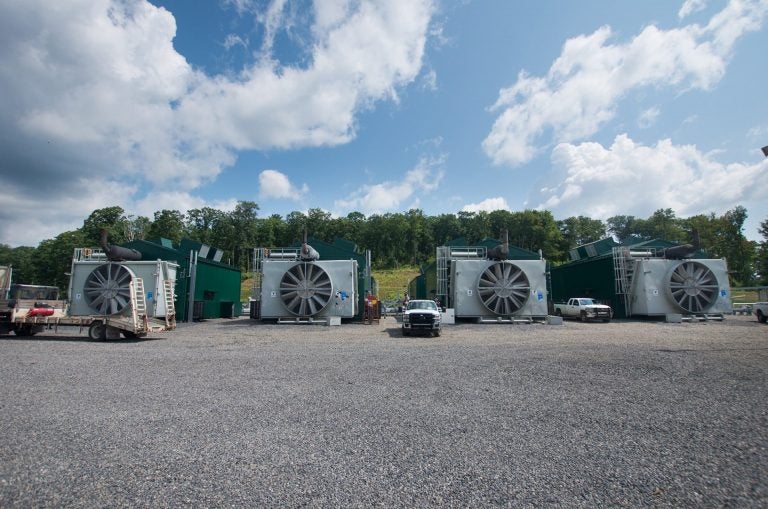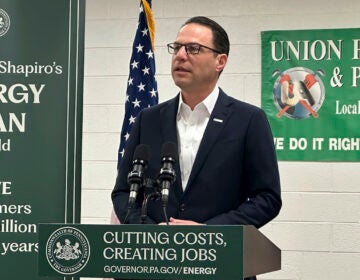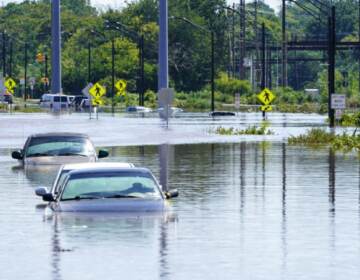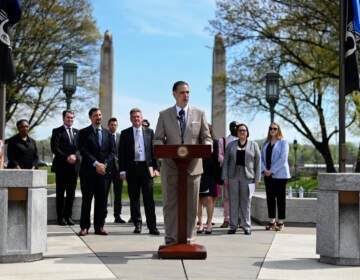DEP moving forward with emission rules for existing oil and gas sources
The move is part of a broader effort to curb climate-damaging emissions from the oil and gas industry.

Methane leaks throughout the entire process of developing natural gas — from well sites, to storage and processing facilities and pipelines. (Joe Ulrich/WITF)
The state Department of Environmental Protection is moving forward with plans to regulate harmful air pollution from Pennsylvania’s thousands of oil and gas sites.
In June, the DEP released new general permits, aimed at controlling methane emissions from new oil and gas sources. In an August 4 notice in the Pennsylvania Bulletin, the agency says it intends to propose new rules on existing sources to the Environmental Quality Board in early 2019.
DEP spokesman John Repetz said the department plans to discuss the draft concepts of the rulemaking with the Air Quality Technical Advisory Committee at their next scheduled meeting on December 13.
The move is part of a broader effort, announced by Governor Tom Wolf in early 2016, to curb climate-damaging emissions from the oil and gas industry.
Methane is the main component of natural gas. Compared to carbon dioxide, it’s much more potent as a climate-warming greenhouse gas, although it stays in the planet’s atmosphere for a shorter time period. It leaks throughout the process, from drilling to storage to transportation.
The rules the DEP is crafting for existing sources will target volatile organic compounds (VOCs), but do not specifically target methane. Reining in VOCs will capture methane, too.
The state is required to target VOCs to comply with the EPA’s Control Technique Guidelines (CTG). Clean Air Council Attorney Robert Routh said the DEP has the authority to target methane directly in its regulations.
“A comprehensive rule to limit methane emissions should apply to sources not covered by the CTG and should include controls that are more stringent than the CTG,” he said. “We’re hoping to engage in the stakeholder process as this proposal moves forward.”
Pennsylvania has a lengthy process for reviewing new regulations, so it could be two years or more before the new rules take effect. A recent study found climate-damaging methane emissions from the nation’s oil and gas industry are nearly 60 percent higher than Environmental Protection Agency estimates — effectively negating the near-term benefits to society of burning more natural gas.
WHYY is your source for fact-based, in-depth journalism and information. As a nonprofit organization, we rely on financial support from readers like you. Please give today.




